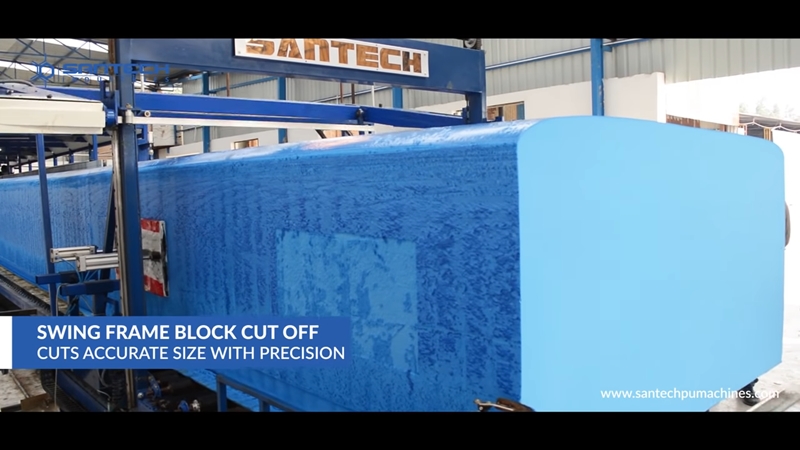សង្ក័សី គៀបស្នោ ជាបច្ចេកវិជ្ជាថ្មីបែប Innovation បានន័យថា គេយកបច្ចេកទេសផលិត សង្ក័សី បូកជាមួយ បច្ចេកទេសផលិត ស្នោរ ឬ ពួក បញ្ជូលគ្នា ក្លាយជា សង្ក័សីគៀបស្នោ ដែលគេនិយាយថា ការពារកំដៅ បន្ថយកំដៅ បន្ថុយសម្លេង បន្ថយការចំណាយលុយ និង ចំណេញពេលវេលាច្រើន។ តាមការសិក្សា វិភាគ ឃើញថាបច្ចេកទេសនេះ ប្រទេសនានាប្រើតាំងពី ៤០ ឆ្នាំមុន សព្វថ្ងៃ ប្រទេស វៀតណាម ប្រទេសថៃ គេផលិតជា ពួក ខ្នើយ ដឹកយកមកលកឲ្យប្រជាជនកម្ពុជាដល់ មុខផ្ទះក្នុងតម្លៃថោក សមរម្យ ជាងមុន ដែល កាលមុន ពូកដេកមួយតម្លៃ ៥,០០០ ដុល្លា ចំណែកអ្នកក្រ អ្នកស្រែចំការ មិនមែនស្គាល់ដេកពូកឡើយ តែសព្វថ្ងៃ ពូកមួយ អាចតម្លៃ ២០,០០០ រៀល ឬ ៥ ដុល្លា អាចទិញដេកបាន ដោយសារ បច្ចេកទេសផលិត ពូកនេះ វាងាយស្រួលពេក !!។ យើងងាកមកនិយាយរឿង សង្ក័សី គៀបស្នោ ដែលយើងខ្លាច ឆេះ ព្រោះវាជាស្នោ ! ភាសាអគ្លេសគេហៅថា Sandwich Panel ដែលតាមការពិតទៅ វាមានច្រើនបែបសណ្ឋានទៀត ដូចជា៖
- EPS Sandwich Panels តម្លៃ ១៦ ដុល្លា/ម២ 👈 👉
- Rockwool Panel តម្លៃ ១៩ ដុល្លា/ ម២ 👈 👉
- Prefabricated Sandwich PUF Panels តម្លៃ ១៩ ដុល្លា/ម២ 👈 👉
- FRP White Corrugated PUF Roofing Sheet តម្លៃ ១ដុល្លា/គក 👈 👉
- Prefabricated PUF Panel តម្លៃ ១៦ ដុល្លា/ម២ 👈 👉
- foam mattress production ការផលិត ពូក 👈 👉
- Zinc roof production ការផលិតសង្ក័សី ធម្មតា 👈 👉
- Zinc roof Foam Panel production ការផលិតសង្ក័សី គៀបស្នោ 👈 👉 សូមធ្វើការសង្ខេបថា គេទិញដុំរមូសម្រាប់ ជាន់ផលិតជាសង្ក័សី បន្ទាប់ គេបាញ់ជ័រកាវ ពីលើសង័្កសីនោះ រួចជ័រនោះឡើង មេ ដូចជាការ ធ្វើនំដាក់មេដែរ ! បន្ទាប់គេអាច គ្របសង្ក័សី ១សន្លឹកពីលើ ឬ យកថង់ផ្លាស្ទីកមាន រូបសញ្ញានានា មកគ្របពីលើ វាក្លាយជា ដុំរីកខ្ពស់កម្រាស់ ១ តឹក ឬ ក្រោមនេះ គេហៅថា ស្នោរ ឬ ពូក ឬ អេប៉ុង តាម ជ័រកាវ ដែលគេលាយ ។ បើសិនជាគេផលិត ពូក ឬ អេប៉ុង គេមានរោងចក្រកាត់ដេរជាប់នោះ សម្រាប់ដេរ ស្រោមពូក កំទេចកំទី សល់ពី ពូក គេដេរ ចេញជា ខ្នើយ !!! ដូច្នេះ បានជា វៀតណាម ថៃ គេផលិត ពូកដេក ពូកឡាន មានតម្លៃថោក ចំណែក កម្ពុជា ផលិតបានដូចគ្នាដែរ តែ យក ឈ្មោះ កូរ៉េ ឬ ថៃ មកបិទពីលើ ដើម្បី លក់បាន ថ្លៃខ្ពស់កប់ពពក !!
- PUR foams are essentially made by reacting a “polyol” component and an “iso” component in which the OH groups of the polyol component chemically balance the NCO groups of the iso component and form urethane linkages. In PIR foams, the iso components react with each other in trimerization reactions to form isocyanurates. Excess iso reacts with polyol to form urethane linkages as well.The creation of PUR and PIR PIR and PUR are both derived from polyurethane, a plastic material invented by German scientist Otto Bayer and his colleagues in 1937. In 1954, the accidental introduction of water resulted in rigid polyurethane (PUR).
- PIR insulation builds upon them. PIR (polyisocyanurate), typically cut into boards, can be used in insulated metal panels, wall cavities and as insulated plasterboard. PIR has such a high thermal performance, it requires only half the thickness of other mineral-based insulation products. PIR, like PUR, is known for use as a low-moisture barrier. The most notable differentiating factor for PIR is its flame and smoke resistance. PIR slows the spread of flames and reduces the smoke emitted from the fire when compared to PUR products.
- (SIPs) Structural Insulated Panels (SIPs) Structural Insulated Panels (SIPs) are building panels comprised of a core of rigid foam insulation between two skins of wood, oriented strand board (OSB), aluminum or steel structural panels that can be used in exterior walls, roofs and floors for residential and light commercial construction. The “sandwich” nature of the panels enables them to be both very strong and insulate very efficiently.
- ICFs for Speed and Efficiency Construction using ICFs have many of the same benefits of SIPs on the jobsite. Because they are pre-manufactured, they install quicker than conventional concrete forms. Since they are left in place, they also reduce the labor normally required to strip the forms after the concrete hardens.
- (ICFs) Insulated Concrete Forms (ICFs) Insulated Concrete Forms (ICFs) are ordinarily constructed with polystyrene forms that are intended to remain attached to the concrete placed into the center of the wall. The ICF is both a form for the concrete pour and then acts as insulation for the wall once the concrete has hardened.




























































































